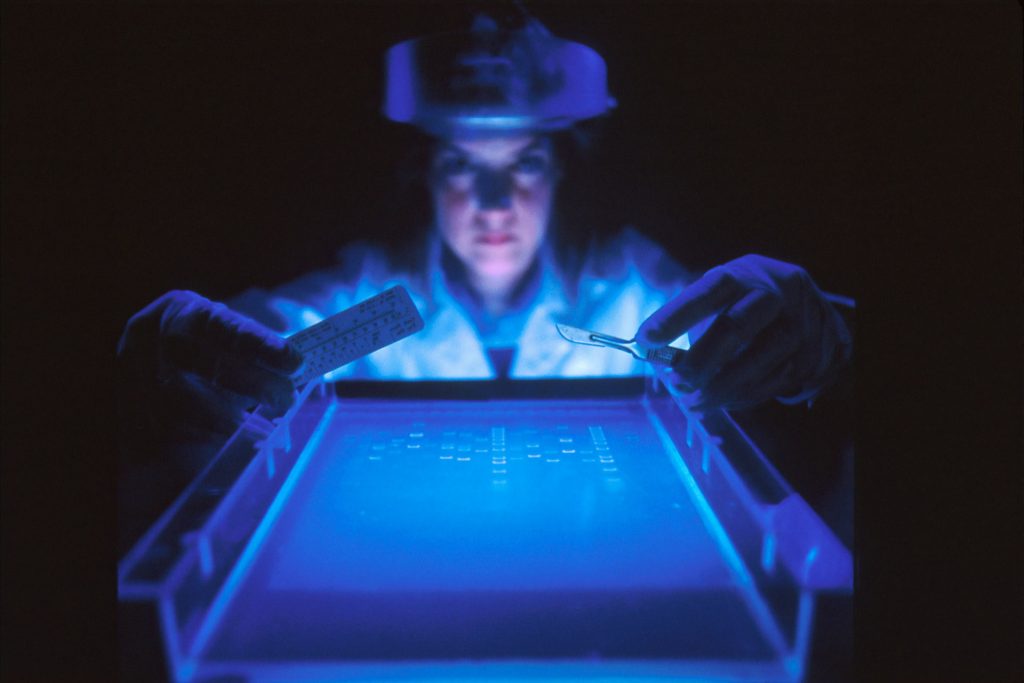Angioplasty Needed by Smokers 10 years Before Non-smokers

Smokers needed their blocked arteries fixed nearly 10 years earlier than non-smokers, and patients with obesity underwent these procedures four years earlier than non-obese patients, according to a new US study.
Angioplasty is a nonsurgical procedure that opens clogged or narrow coronary arteries. The procedure involves inserting an inflatable balloon-tipped catheter through the skin in extremities and then inflating the balloon once it reaches the stenosed arterial site. The balloon pushes the atherosclerotic intraluminal plaque against the arterial wall and restores the luminal diameter, and so restores blood flow to the heart muscle.
The study included patients with no heart attack history, treated at hospitals across Michigan. The patients had all undergone angioplasty and/or stenting to widen or unblock their coronary arteries and restore blood flow. Nearly all of them had at least one traditional risk factor, including smoking, obesity, high blood pressure, high cholesterol and diabetes. Most patients had three or more.
Furthermore, compared to men, women generally had their first procedure at a later age. Over the past ten years, among patients undergoing their first angioplasty or stent procedure, obesity and diabetes rates have increased, while smoking and high cholesterol have decreased.
“Smoking is a completely preventable risk factor,” said senior author Devraj Sukul, MD, MSc, an interventional cardiologist and a clinical lecturer at the University of Michigan Health Frankel Cardiovascular Center. “If we direct additional efforts at preventing smoking and obesity we could significantly delay the onset of heart disease and the need for angioplasty and stenting.”
“In Michigan, we will work to help every smoker quit at the time of cardiac care because it is an unmatched teachable moment for patients,” said Michael Englesbe, M.D., a surgeon and professor at Michigan Medicine who serves as portfolio medical director for the Collaborative Quality Initiatives.
Source: Medical Xpress
Journal information: Zoya Gurm et al, Prevalence of coronary risk factors in contemporary practice among patients undergoing their first percutaneous coronary intervention: Implications for primary prevention, PLOS ONE (2021). DOI: 10.1371/journal.pone.0250801








